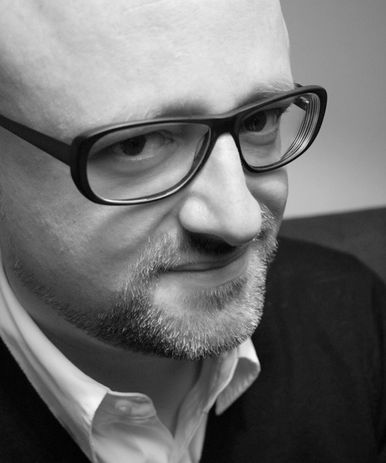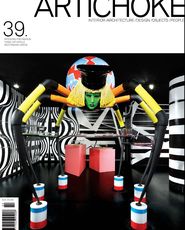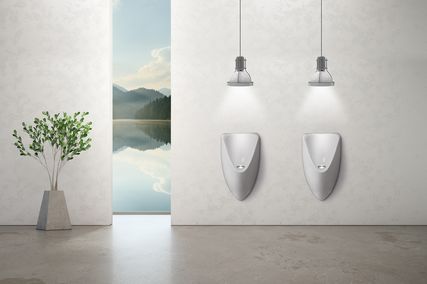
Design Institute of Australia national president Oliver Kratzer.
The car industry in Australia is dying, not because of a lack of engineering prowess, a lack of infrastructure or a lack of government support. We are one of a handful of nations that can design, build and deliver a complete modern motor vehicle. So what the hell is wrong? Is it the unions, taxes, the government, cheap imports from China?
The answer is frighteningly simple: we are making cars nobody wants to buy!
There is no shortage of researchers, engineers or designers in this country. We have inventors, professionals and skilled labour, anything and everything we could possibly need. What we do not have is high-calibre senior management.
We are hopeless at making money out of our ideas. We are a nation of rent collectors, not business people. Our business “leaders” have a narrow, short-sighted outlook. Penny-wise but pound foolish, myopic and risk averse, the captains of industry have us making the wrong stuff.
There is much speculation as to why we are so terrible at building big businesses: the colonial mentality, our history as a commodity provider, a culture where “doing” is more rewarding than “thinking,” the tall poppy syndrome, the brain-drain, lack of venture capital, our obsession with “bricks and mortar” … the list of excuses is long.
We could do it, though. We have all the ingredients, we have the equipment and the infrastructure. What we lack are the chefs. We have an acute lack of business leaders with foresight and wisdom. We have accountants and lawyers who flit in and out of top-level positions, obsessed by the quick fix, the quick turnaround, next quarter’s numbers and their stock options. They do not know the difference between an expense and an investment, they are obsessed with profit and loss and balance sheets. Important as these tools are, if all you have is a hammer, every problem looks like a nail. They are excellent indicators of where your company has been, but they do not reflect where it is going, its complexity and its human capital. The map is not the territory.
Wise leaders do not look at P&Ls to the exclusion of everything else; they do not mortgage the future for a quick buck. They balance today’s requirements with tomorrow’s. Give us better CEOs, people who are practical, strategic and ethical. Managers who can become true business leaders, who free us from the whingeing rent collectors and the tight-arsed shopkeepers.
We need to stop blaming the government, the internet and China. We need to get out there and find out first-hand what people want. Have some gumption; experiment, take an intelligent punt and stop pretending we know it all. We need to cancel our meetings with the accountants and lawyers, delegate paperwork, stop looking inward and spend some quality time with our customers.
To build stuff that people want, our business leaders have to learn to experiment, take risks and get up when they get knocked down. The neurotic hypersensitivity to risk and failure,and the inability to cope with change, result in homogenized, commoditized and increasingly irrelevant products and services that leave themselves wide open to competition.
If business leaders do not commission products that people want, at a price people are willing to pay, if they are incapable of building brands that command a premium and if they fail to take advantage of new technologies and new insights, then they must be sacked and put out to pasture by their boards.
It can be done, it really can. There are examples of excellence all around: from home-grown ones like Cochlear and ResMed, to global powerhouses like Mercedes Benz and BMW. They’ve got the right stuff!















